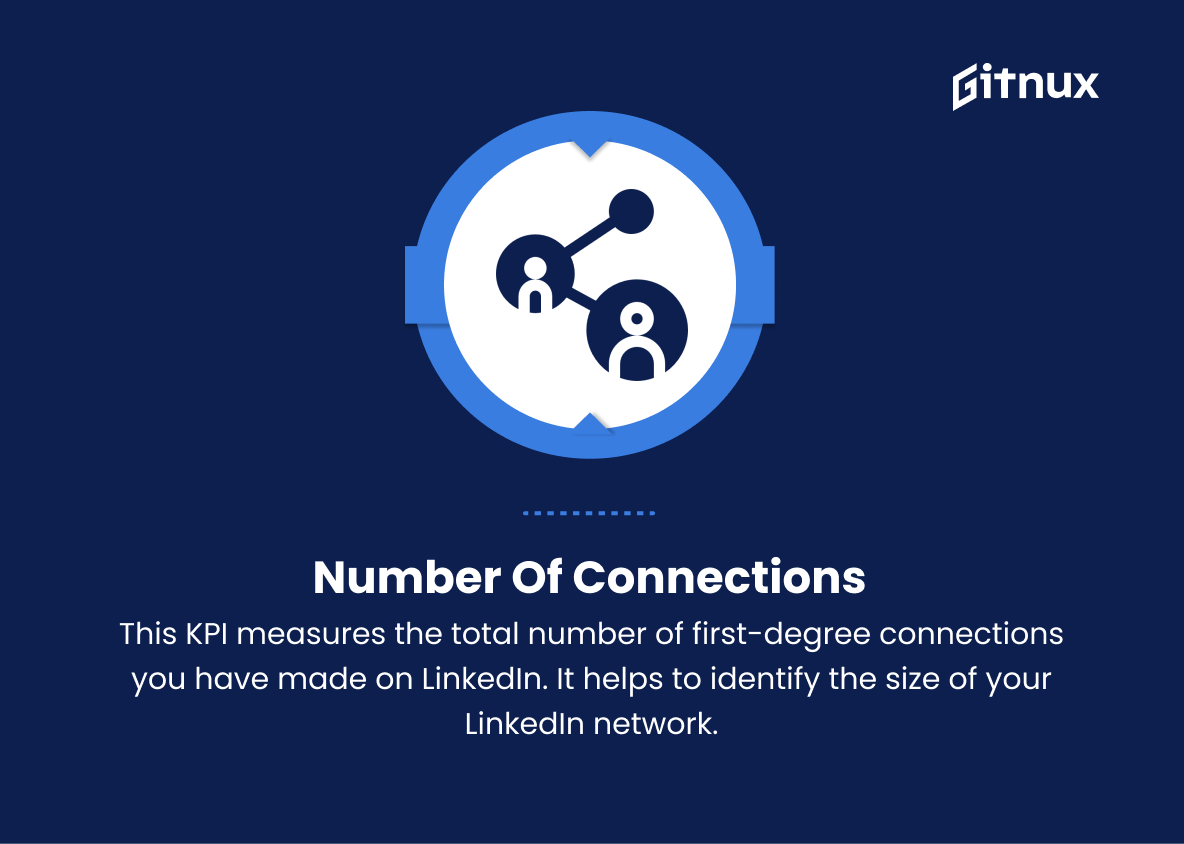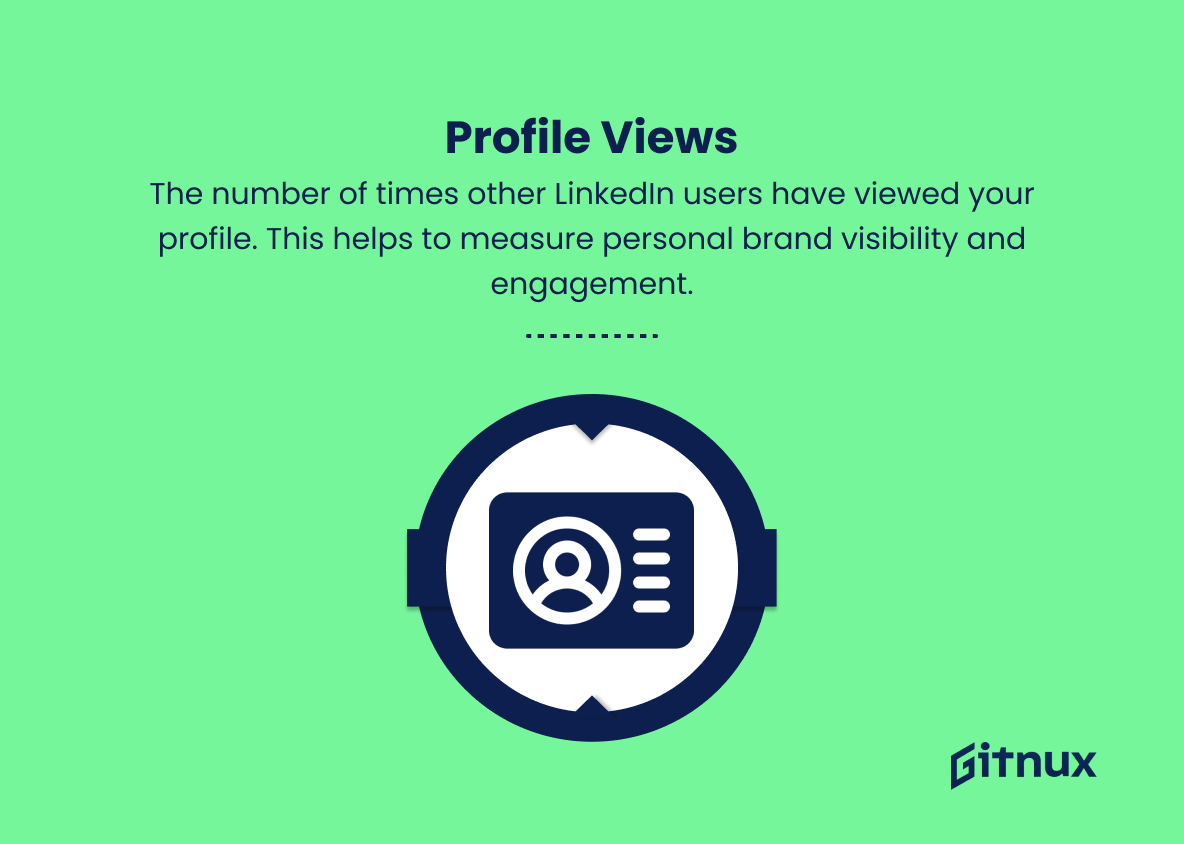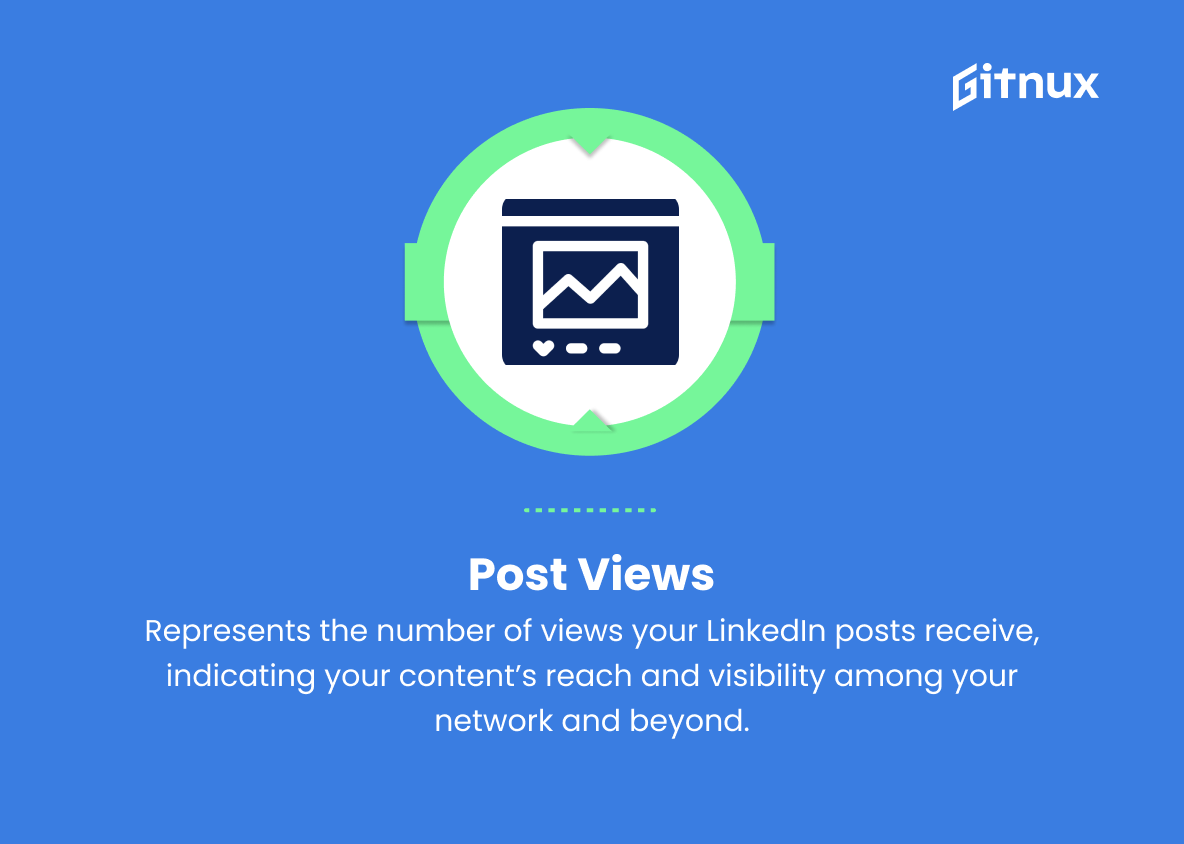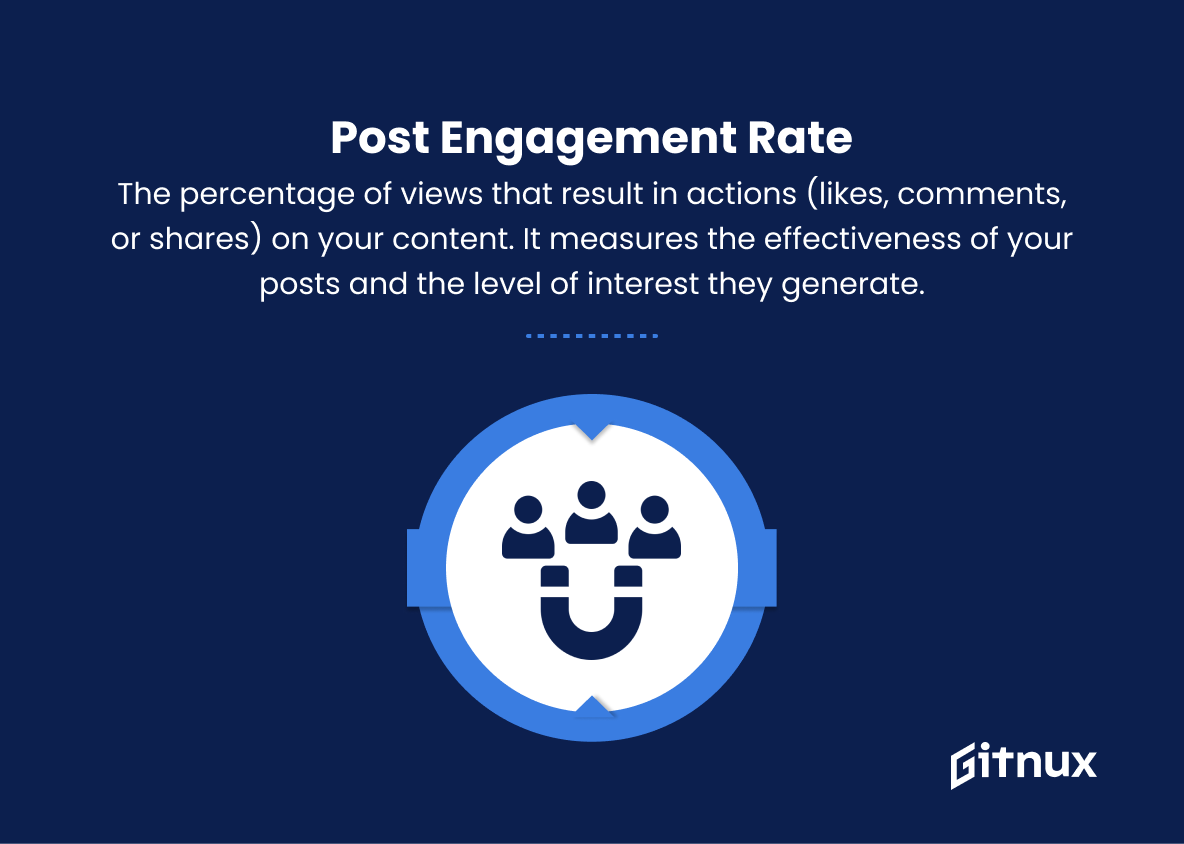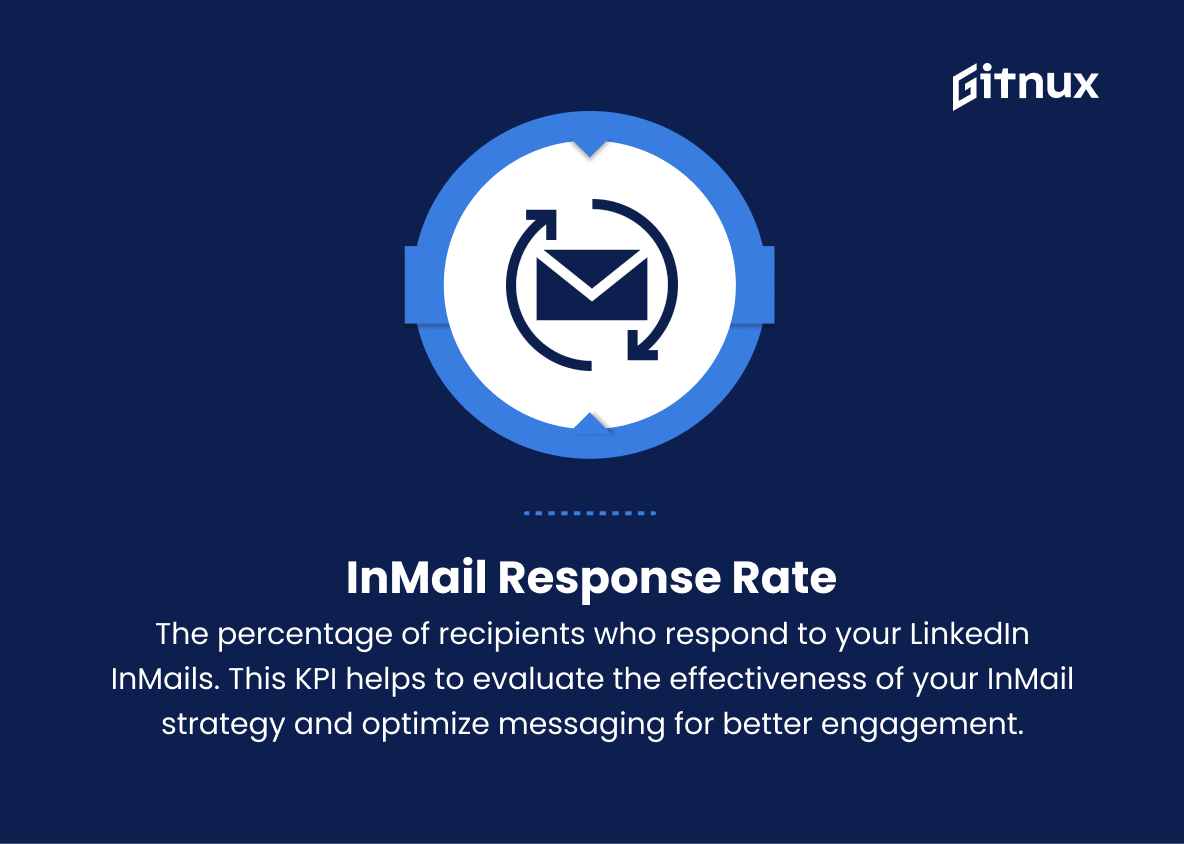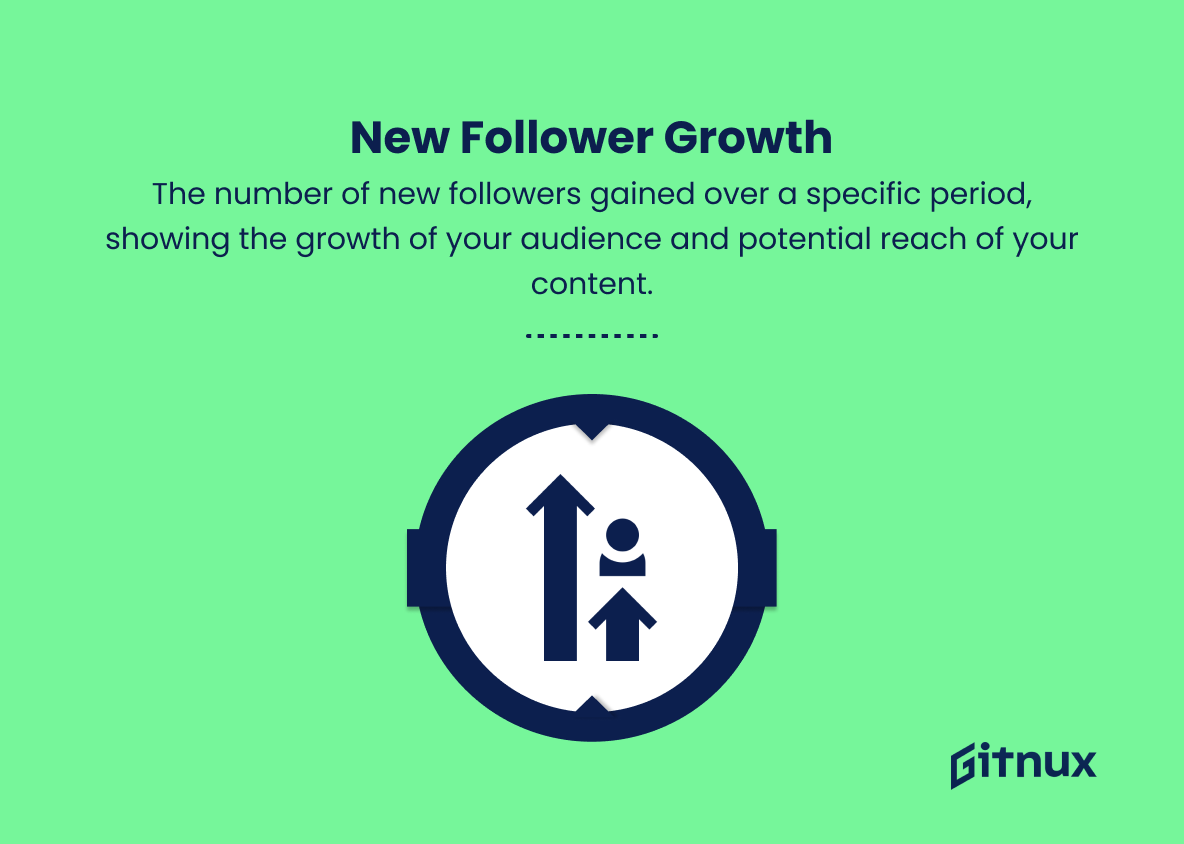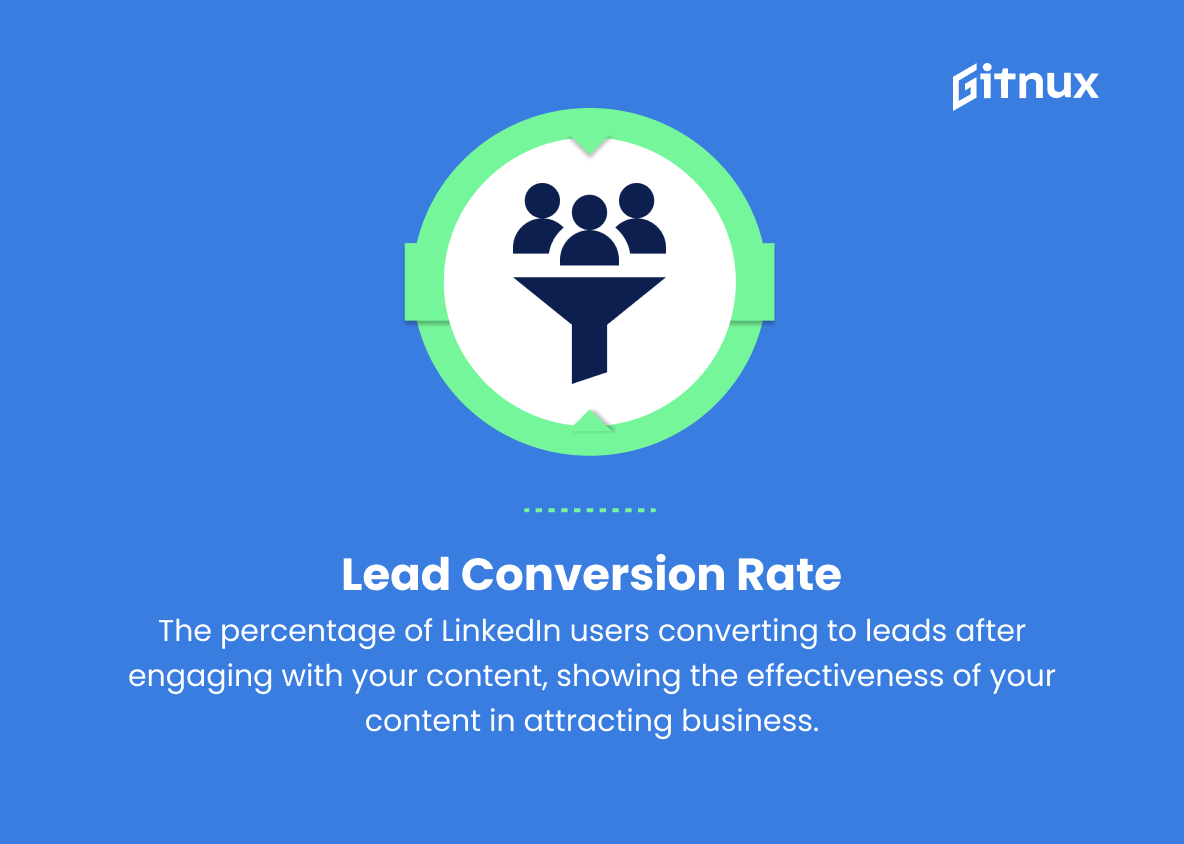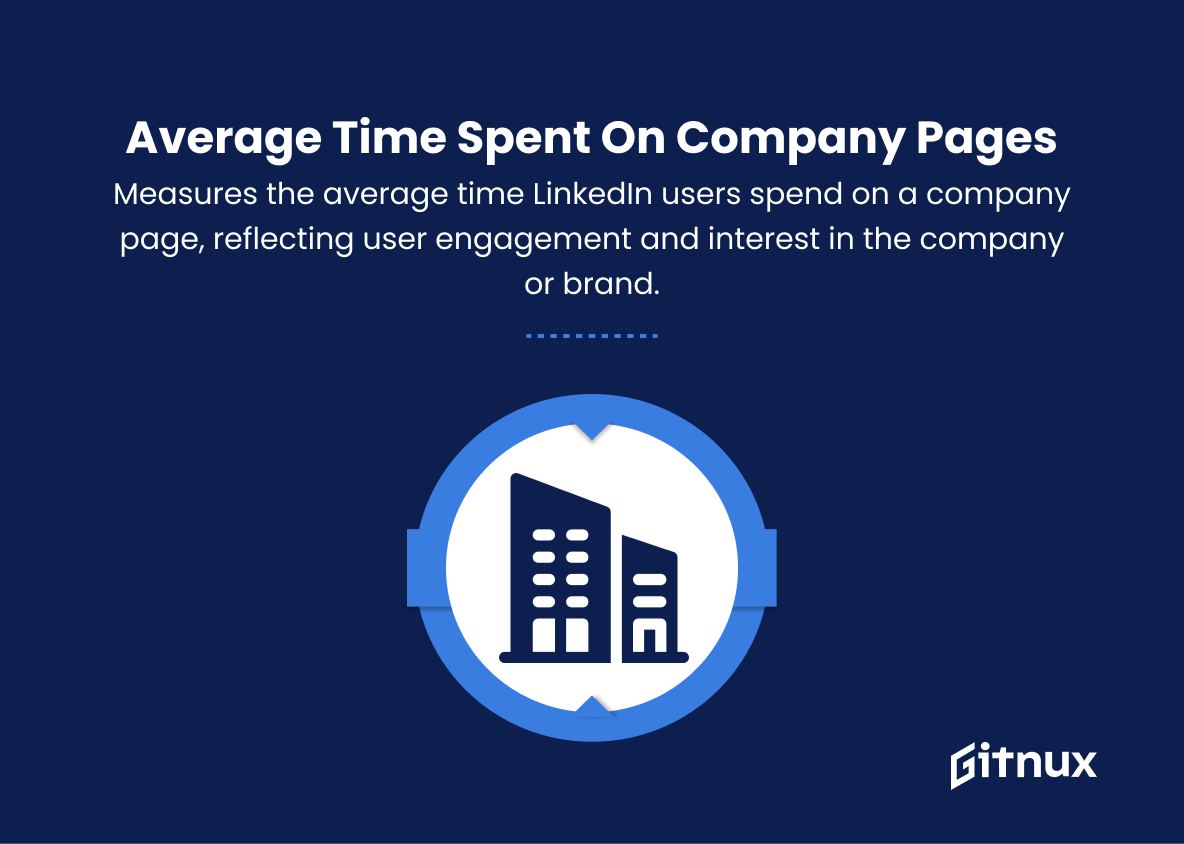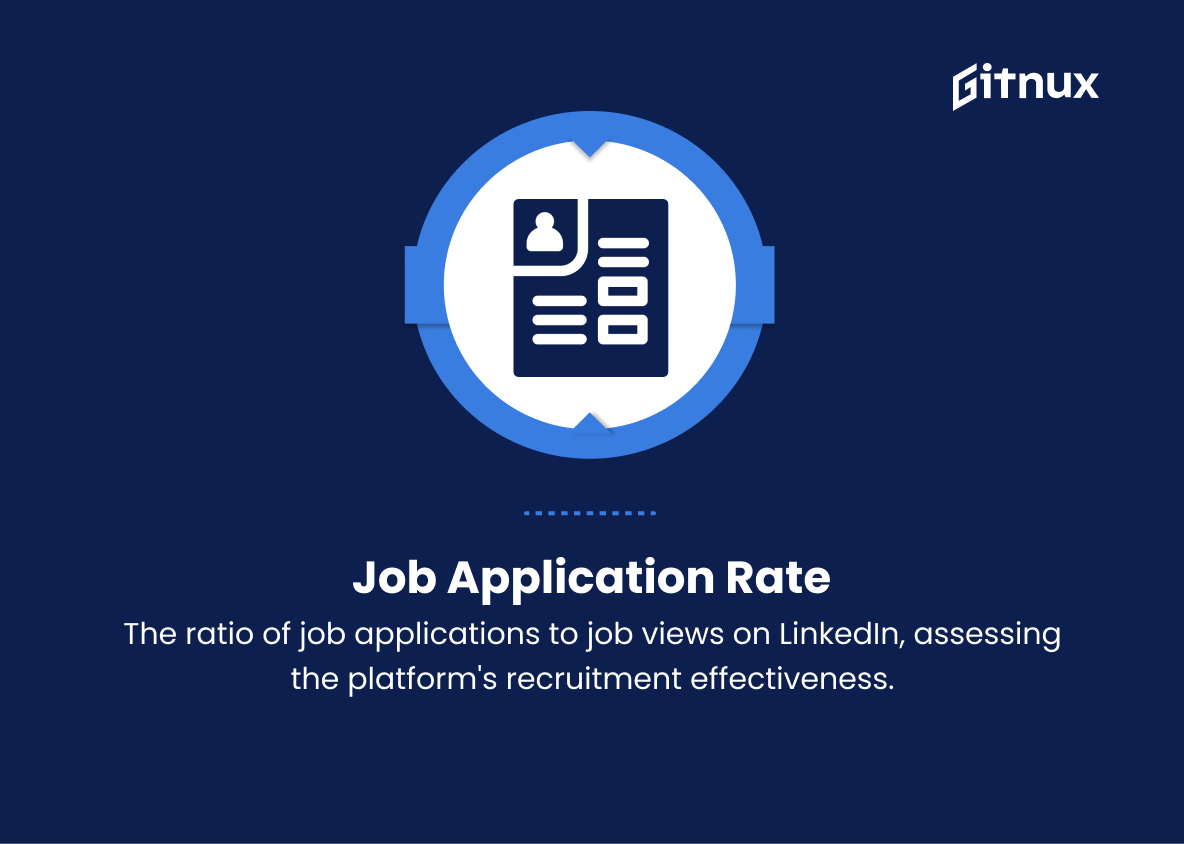In today’s fast-paced business environment, the importance of a strong online presence cannot be overstated. Among the various social media channels, LinkedIn has increasingly become a critical platform for individuals and businesses to establish credibility, network with professionals, and reach their target audiences. As such, using the right metrics to measure success is essential to optimizing your LinkedIn strategy.
In this blog post, we will delve into the world of LinkedIn KPIs, exploring the most important metrics to monitor and how to use them to maximize the platform’s potential to achieve your goals. Whether you’re a job seeker, thought leader, or organization, get ready to unlock the true potential of LinkedIn with these key performance indicators.
LinkedIn KPIs You Should Know
1. Number of Connections
This KPI measures the total number of first-degree connections you have made on LinkedIn. It helps to identify the size of your LinkedIn network.
2. Profile Views
The number of times other LinkedIn users have viewed your profile. This helps to measure personal brand visibility and engagement.
3. Post Views
Represents the number of views your LinkedIn posts receive, indicating your content’s reach and visibility among your network and beyond.
4. Post Engagement Rate
The percentage of views that result in actions (likes, comments, or shares) on your content. It measures the effectiveness of your posts and the level of interest they generate.
5. Post Shares
The number of times your content has been shared by other LinkedIn users, indicating the virality and impact of your posts.
In today’s fast-paced business landscape, the importance of a strong online presence cannot be overstated.6. Click-Through Rate (CTR)
The ratio of clicks to impressions, measuring how effective your content is at driving users to take action, such as clicking on a provided link.
7. InMail Response Rate
The percentage of recipients who respond to your LinkedIn InMails. This KPI helps to evaluate the effectiveness of your InMail strategy and optimize messaging for better engagement.
8. New Follower Growth
The number of new followers gained over a specific period, showing the growth of your audience and potential reach of your content.
9. Lead Conversion Rate
The percentage of LinkedIn users who become leads or prospects after interacting with your content or messaging, indicating the effectiveness of your content in attracting and engaging potential business.
10. Average Time Spent on Company Pages
Measures the average time LinkedIn users spend on a company page, reflecting user engagement and interest in the company or brand.
11. Employee Engagement
The level of interaction and sharing of company-related content by employees on LinkedIn, creating a stronger brand image and reaching a wider audience.
12. Talent Brand Index
A metric that measures the strength of your employer brand on LinkedIn by comparing the number of people who view and engage with your career content to those who view and engage with your company updates.
LinkedIn KPIs play a crucial role in measuring the success and effectiveness of a professional’s online presence, personal branding, and networking efforts.13. Job Application Rate
The number of job applications submitted through LinkedIn in comparison to overall job views, evaluating the effectiveness of the platform for recruitment purposes.
LinkedIn KPIs Explained
LinkedIn KPIs play a critical role in measuring the success and effectiveness of a professional’s online presence, personal branding, and networking efforts. The number of connections and profile views show the size of an individual’s network and their visibility to others, while post views and engagement rate help determine the reach and resonance of shared content. Post shares, click-through rate, and InMail response rate show how valuable and engaging the content is to a user’s connections, and new follower growth reflects the content’s expanding potential reach.
Other KPIs, such as Lead Conversion Rate and Average Time Spent on Company Pages, illustrate the effectiveness of content in driving business results, while Employee Engagement and Talent Brand Index highlight the strength and appeal of a company’s employer brand on the platform. Finally, the job application rate measures the success of LinkedIn as a recruiting tool by determining its value in attracting potential candidates. In summary, these KPIs allow professionals and companies to assess their performance on LinkedIn, make data-driven decisions, and refine their strategies to achieve better results on the platform.
Conclusion
In summary, monitoring your LinkedIn KPIs is essential to unlocking the true potential of this professional networking platform. By consistently evaluating metrics such as engagement, impressions, reach, and conversion rates, businesses can refine their marketing strategies and build stronger connections with their target audiences. With a thorough understanding of these KPIs, companies can optimize their LinkedIn presence and foster valuable relationships with potential customers, industry partners, and top talent in the marketplace.
As you move forward, keeping a close eye on these LinkedIn KPIs will serve as a critical tool for making data-driven decisions that drive growth, engagement, and overall success. So dive deep into your metrics, identify your areas for improvement, and reap the rewards of a highly effective LinkedIn strategy.
